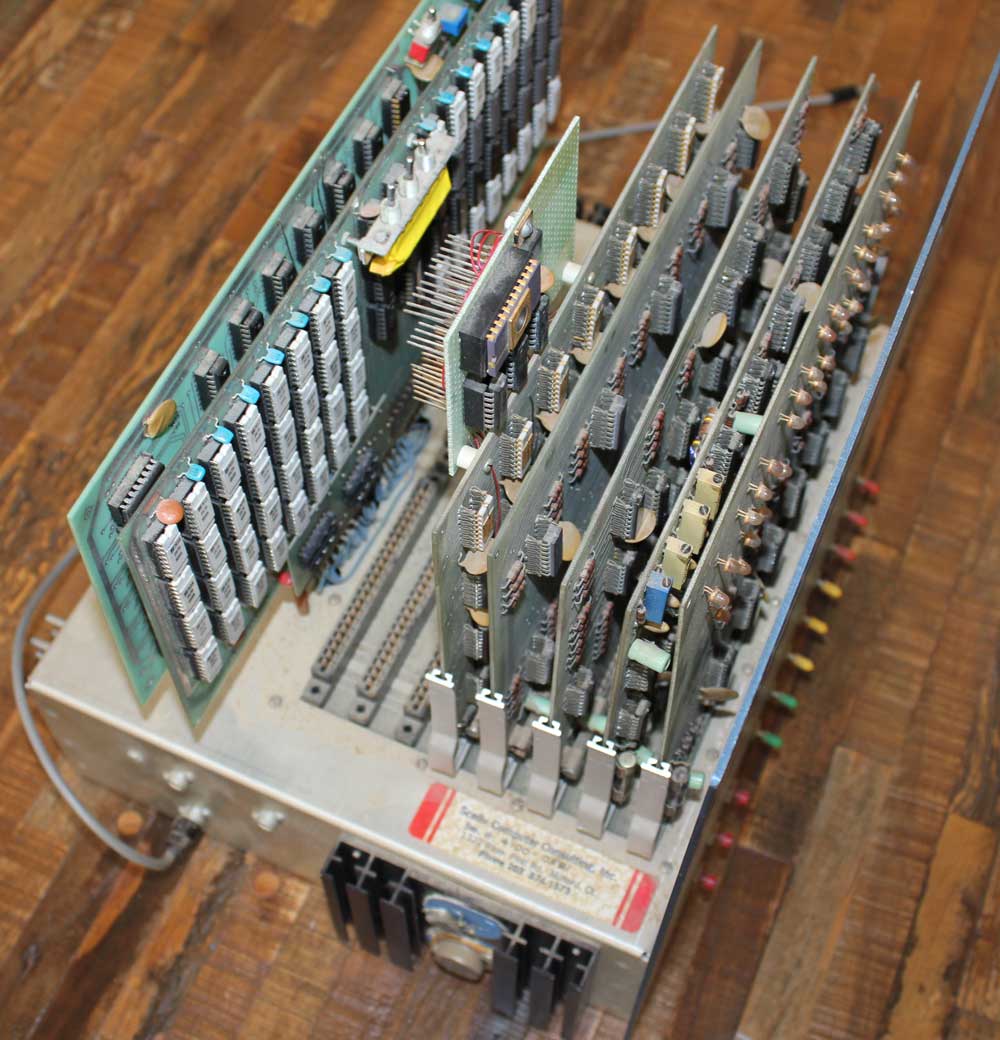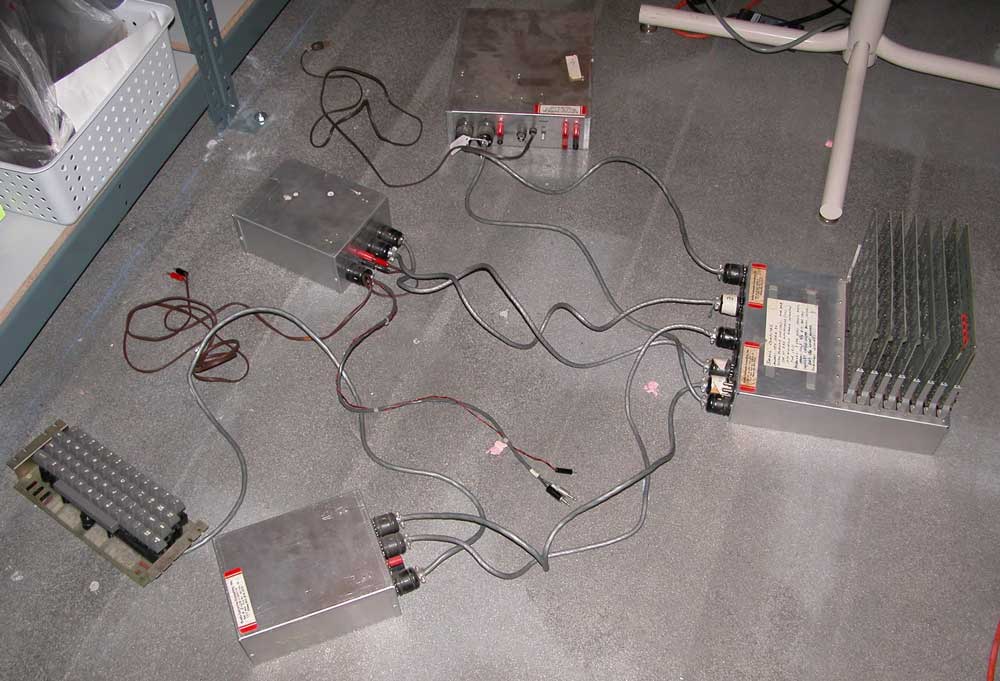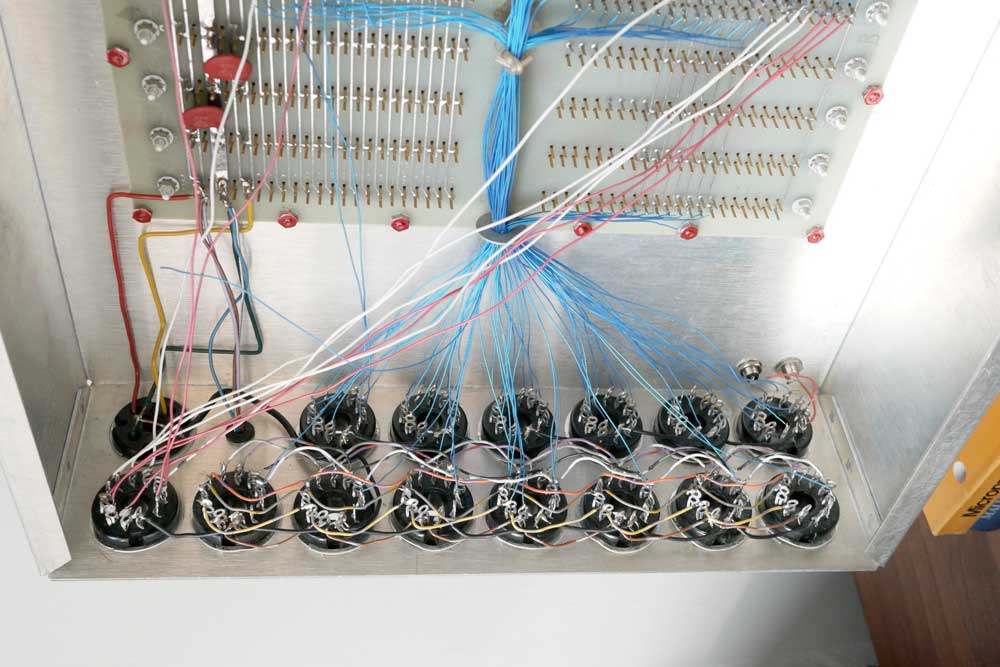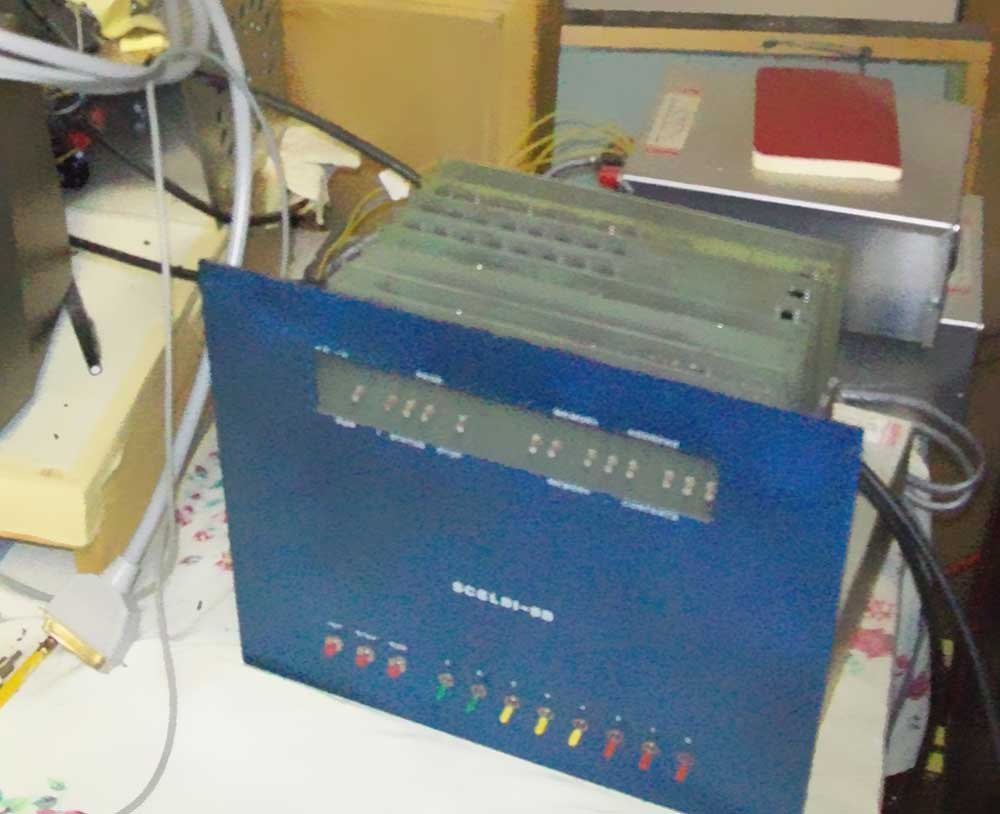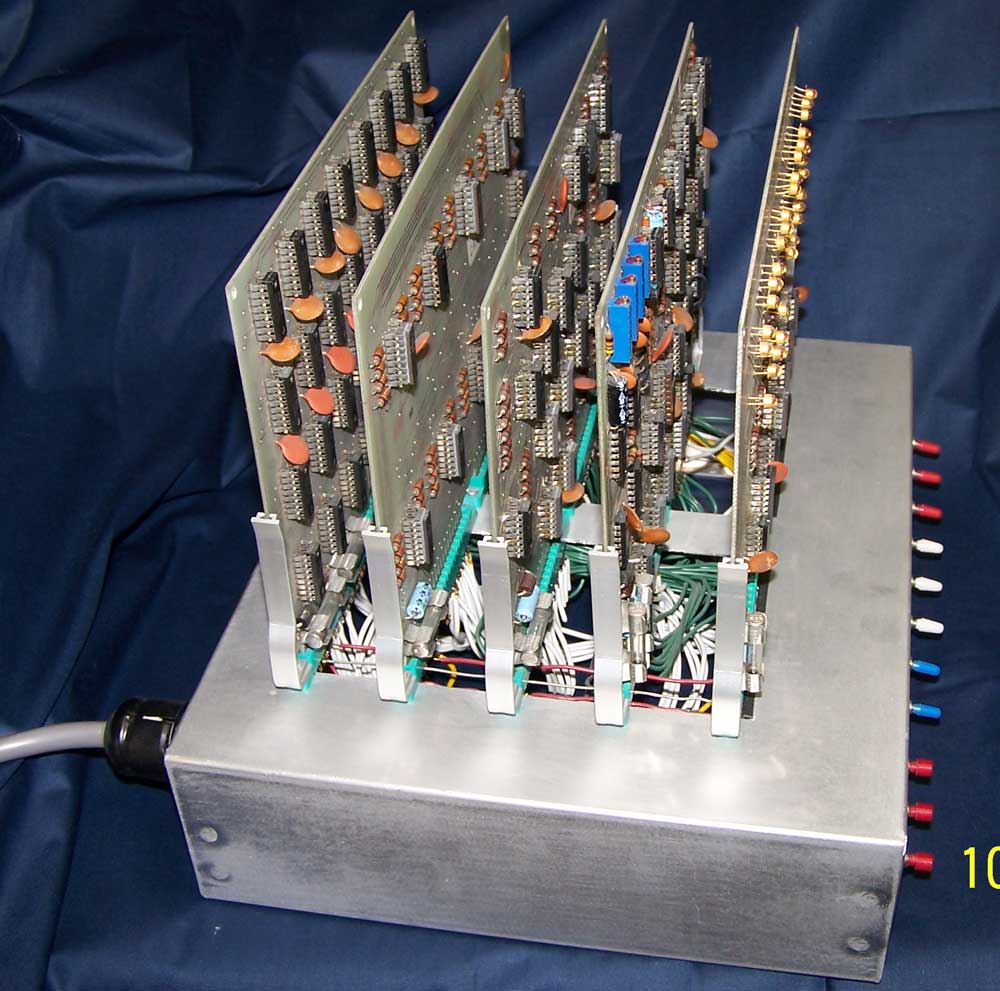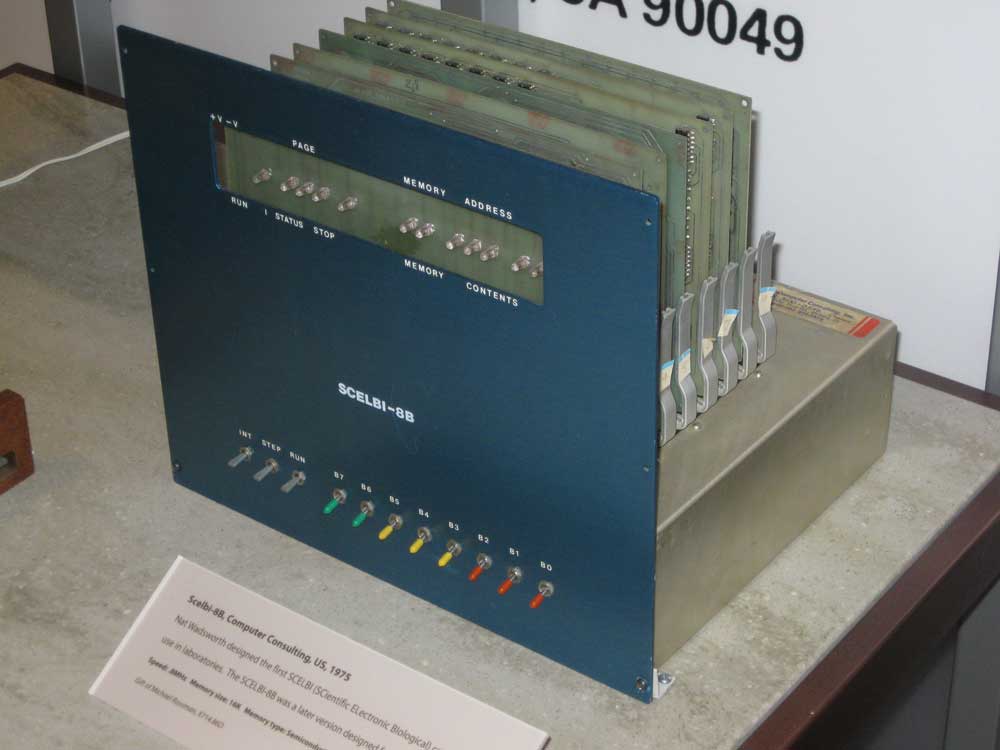

| # |
OWNER/NAME |
VERSION |
ID |
LOCATION |
Last Operation |
Extras |
|---|---|---|---|---|---|---|
| 1 |
Nat
Wadsworth |
8B |
- |
Computer Museum of America |
- |
Integrated power supply, TTY,
and cassette interface into main chassis |
| 2 |
Robert
Findley |
8B with Z80 |
- |
Computer Museum of America | ? |
Hand wired Z80 CPU board added
by Bob in the 80s |
| 3 |
Steve Ciarcia | 8H-B | - |
Computer Museum of America | ? |
Ciarcia custom built power supply and boot
prom. Also contains 1 1K memory card and 1 4K memory
card with only 2K of memory populated |
| 4 |
Thomas Olson | 8H | 3100-0028 4100-0033 |
Computer Museum of America | ? |
Best documented system |
| 5 |
Mystery |
8H |
4100-0581? |
Computer Museum of America |
? |
Interesting add in boards |
| 6 |
Bug
Book Computer Museum |
8B |
possibly Computer Museum of
America? |
- |
Digital group video card - only
known SCELBI with integrated video. |
|
| 7 |
CHM - 8B |
8B |
Computer History Museum | Blue bezel - currently on
display |
||
| 8 |
CHM - 8H |
8H |
3100-009, 4100-0026 | Computer History Museum |
? |
Very complete 8H system with
keyboard, only known keyboard interface #2105-0005, cassette
tape, only known oscilloscope interface #2100 + 2101-0004 |
| 9 |
Jack |
8H | Munich, Germany (Deutsches Museum?) |
2013? |
Sold for $15,000 at Brecker
auction in 2013 |
|
| 10 |
Freeman
Museum |
8H |
The main chassis for this unit is now on display at the Living Computer Museum and Lab in Seattle, WA | ? |
Only known original speed loader
box - probably has a cassette interface |
|
| 11 |
Mark Arnold | 8B |
USA |
2012? - bad memory | Used to develop SCELBAL - one of two known factory power supplies | |
| 12 |
Mind Museum |
8H |
? |
? |
No information other than web page |
|
| 13 |
Curtis |
8H | Kentucky |
2011 | Apparently built from bare
boards - only hand wired backplane |
|
Here is the image of the 8H as depicted on the first SCELBI
Computer Consulting flyer
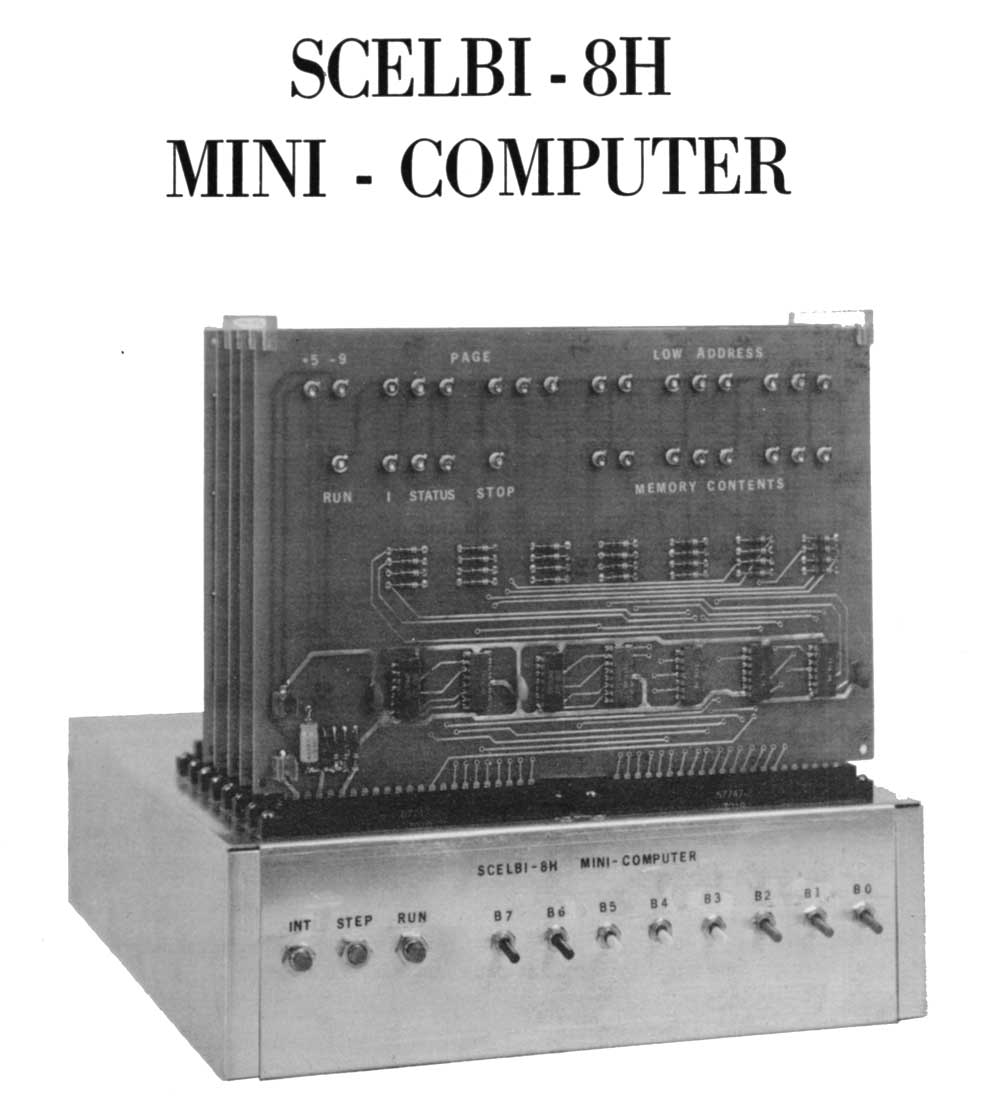
Here is a crop of an ad from Sept., 1975, Byte Magazine
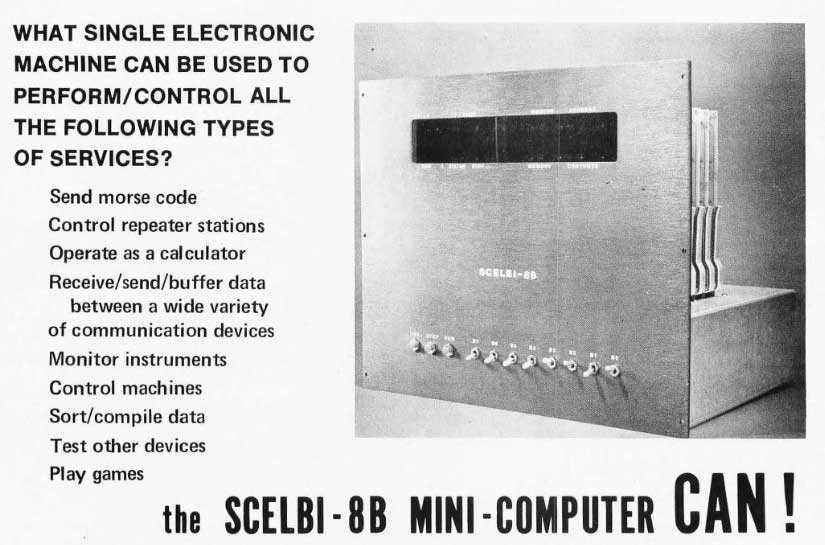
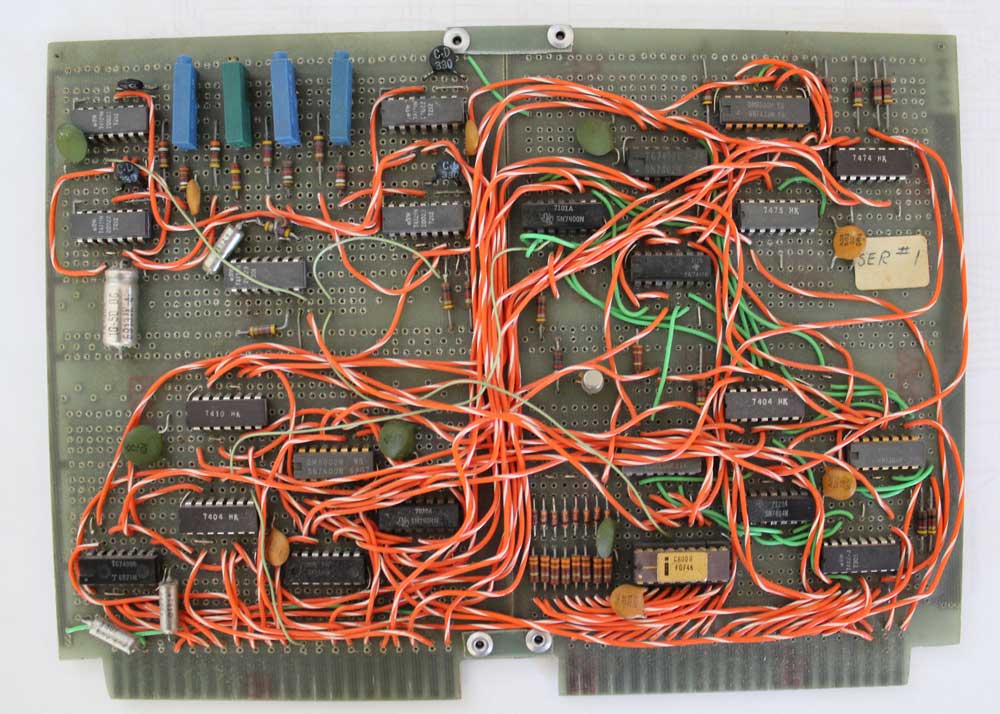
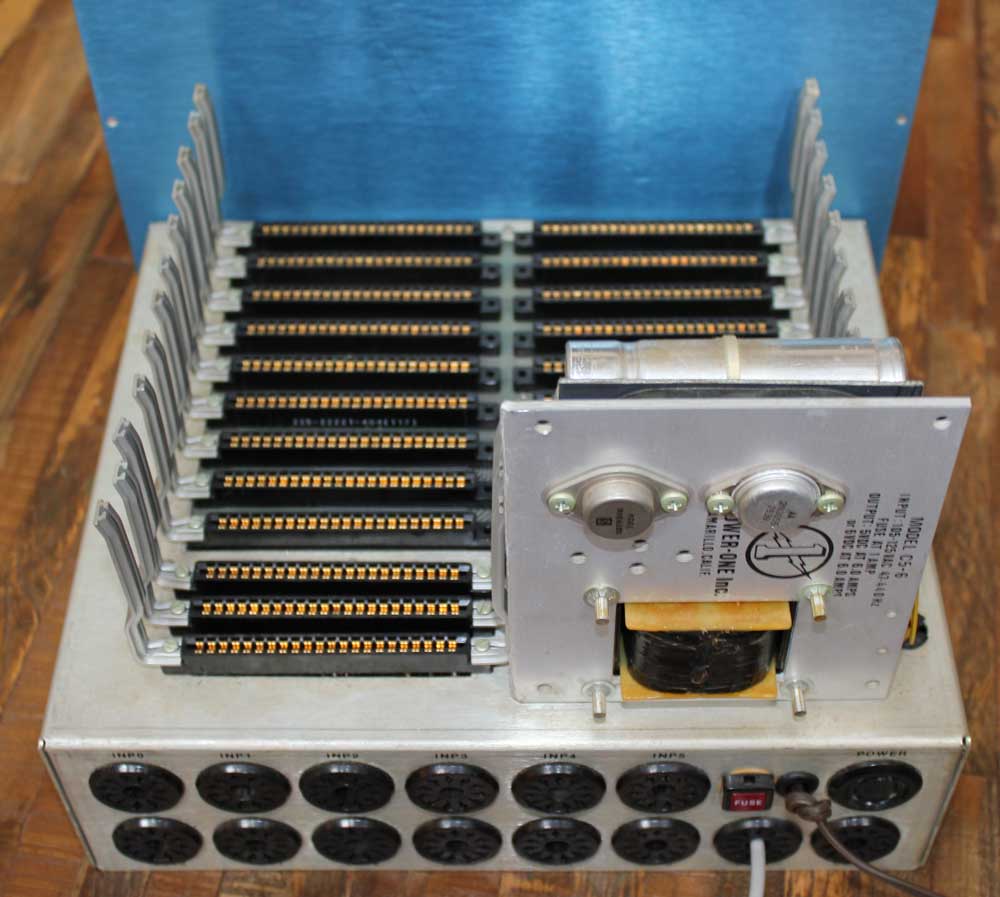
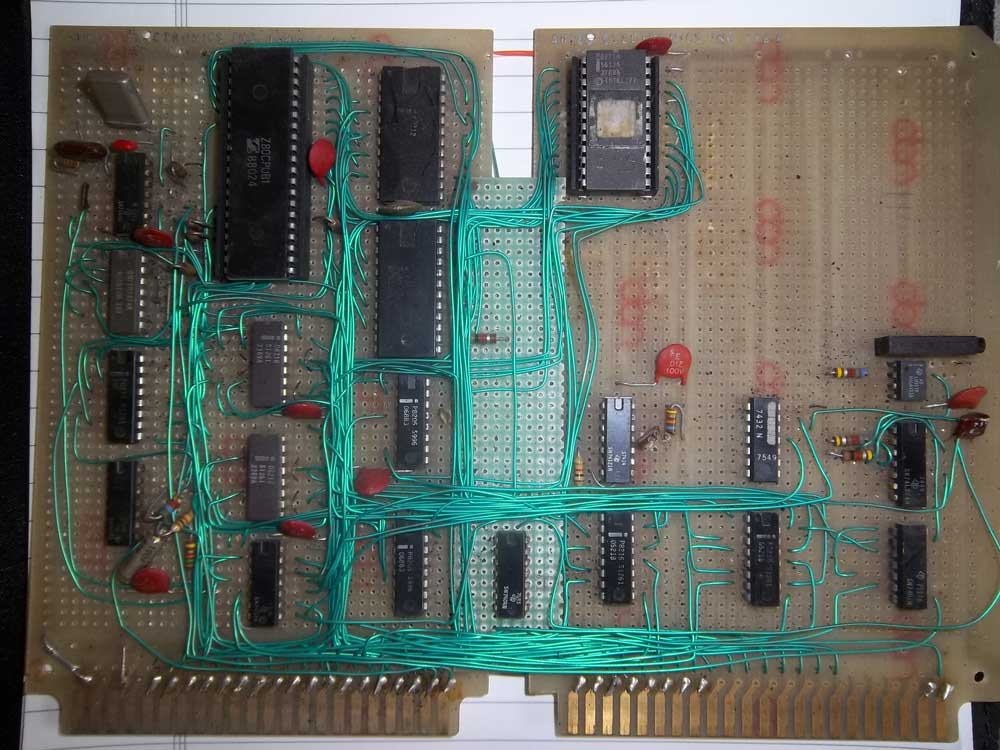
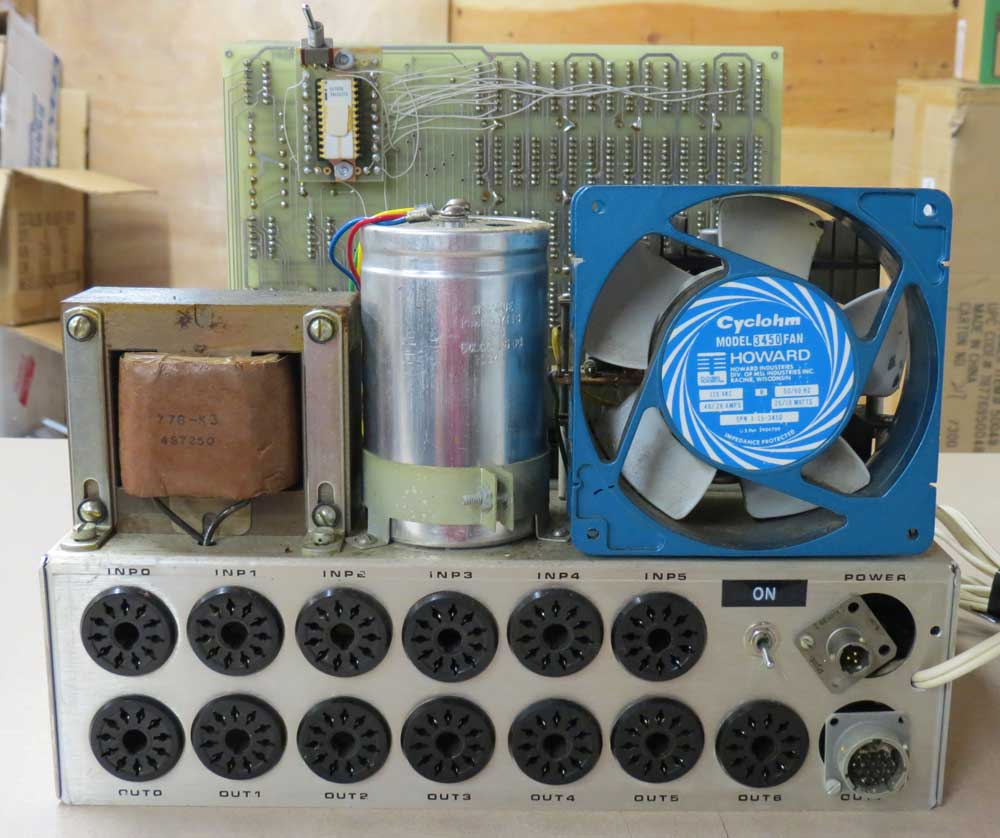
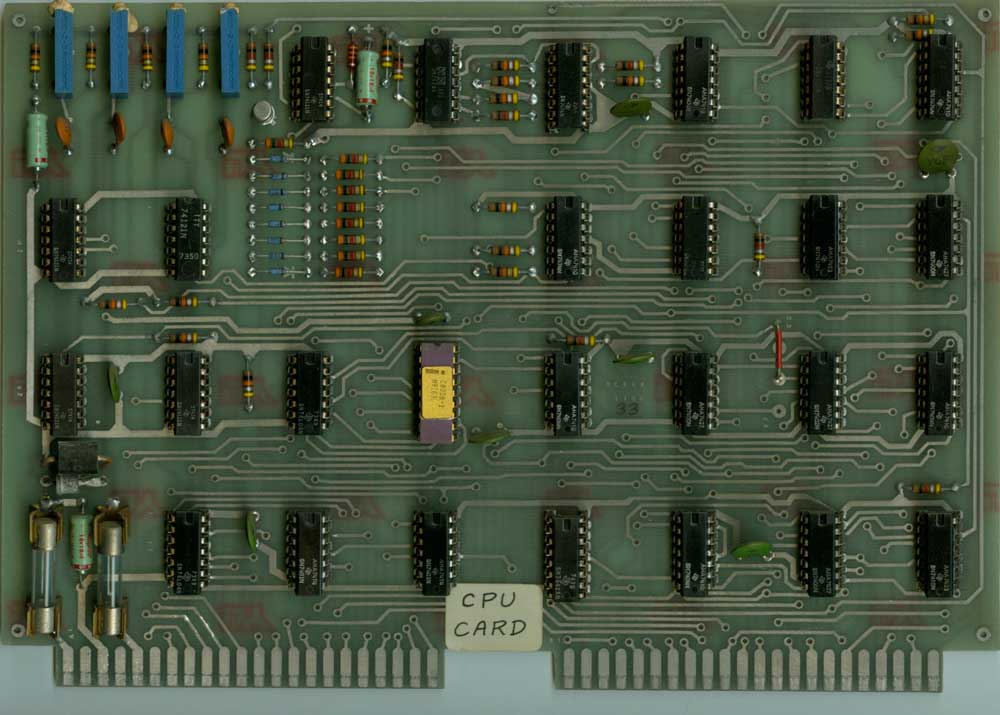
Mystery SCELBI 8H- Computer Museum of America
